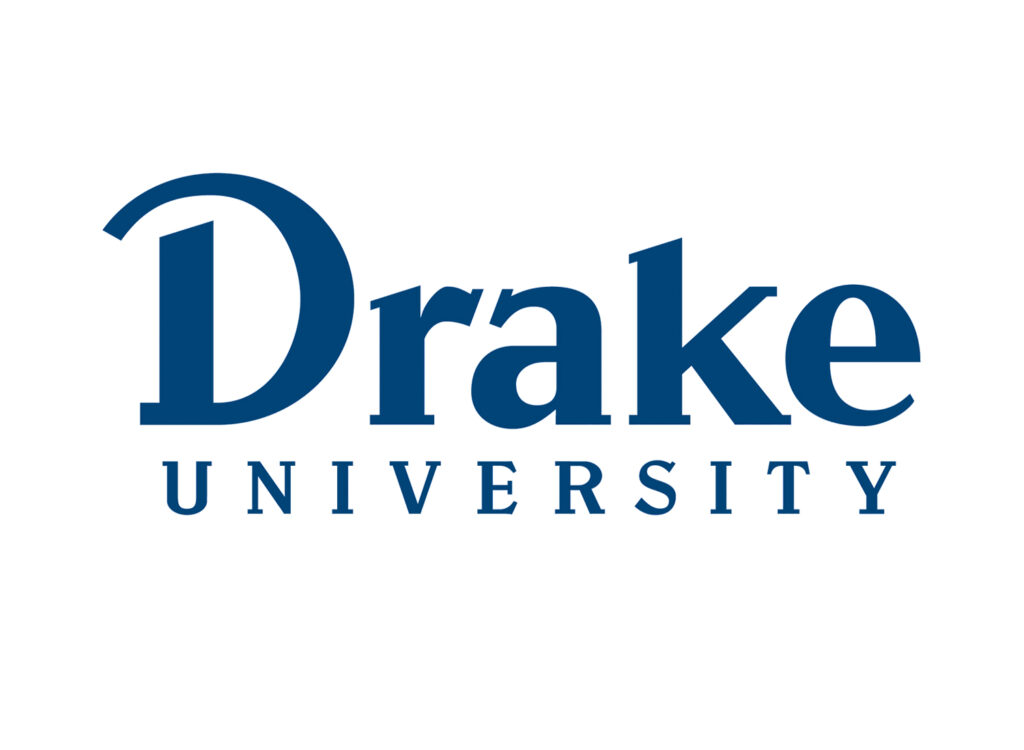Iowa Innovation Council sets goals for innovation

Last fall, President Barack Obama announced a national innovation strategy that would help drive entrepreneurial businesses and hopefully lead to the creation of new jobs. Also aiding the national innovation effort were the inclusion of $100 billion in the American Recovery and Reinvestment Act to support groundbreaking innovations, and the budget doubling of many agencies, including the National Science Foundation, that help support U.S. universities.
And, on July 14, the U.S. Department of Commerce announced the members of a National Advisory Council on Innovation and Entrepreneurship, which hopes to help develop policies that foster entrepreneurship and create jobs.
So where does Iowa stand amid the sudden national focus on innovation?
“There is a plethora of programs developed to support entrepreneurs and companies, but they are siloed,” said Karen Merrick of the Iowa Department of Economic Development (IDED). “They are not working together. So breaking down the silos is probably the one thing that must be done.”
Merrick is the team leader for the newly formed 29-member Iowa Innovation Council, which will advise and work with the IDED on public policy and initiatives to spur innovation-based economic development in Iowa.
The council, which held its first meeting in early July, was formed by consolidating three existing organizations within the IDED – the Bioscience Alliance, the Advanced Manufacturing Council and the Information Technology Council – and is made up of the state’s top business leaders and university representatives.
Though the state’s economic development strategy focuses primarily on traditional strategies such as recruiting new companies to the area, the hope is that the council can help make innovation a main part of the state’s overall strategy.
“Innovation is a sliver or a piece (of the strategy) that has become sort of the new way of thinking about economic development,” Merrick said.
The IDED’s overall goal is to help existing companies with older product lines develop new products and to help start-up companies bring their innovative products to market. The focus on innovation is one reason many of the new members – many members from the three prior organizations are part of the council – are from very young companies. Merrick said about 60 to 70 percent of the members are from relatively new companies.
But before the advisory council can achieve its goal, it has to work on breaking down those silos of innovation resources. And that, Merrick said, is not only a challenge, but the reason the council will begin by working on a massive data collection effort.
At the council’s first meeting on July 9, the group talked about a road map with 12 significant work items the council will take on that will provide it with the ability to perform a gap analysis in an effort to determine strategic targets.
The council will also gather all resources available to entrepreneurs and review existing development programs and polices. It will then make recommendations to the IDED on how it can support further innovation development in the state.
At the first meeting, IDED Director Bret Mills spoke about his belief that there is a need to move the council out of just an advisory role and make it into a corporation. Kansas for example, has the Kansas Technology Corp. and Merrick said that is the typical model for states’ innovation organizations.
Though Merrick, who is assisted by IDED employee Gail Kotval, said the council’s efforts are a large undertaking, she said the program is playing catch-up.
“It is an aggressive agenda, but we also understand that a lot of the states that we are competing against in this sphere started this program, some as many as 20 years ago,” she said. “But we can look at what they have done and kind of leapfrog. So our aggressive agenda to create the innovation council is supported then by using these other models and moving this forward.”










